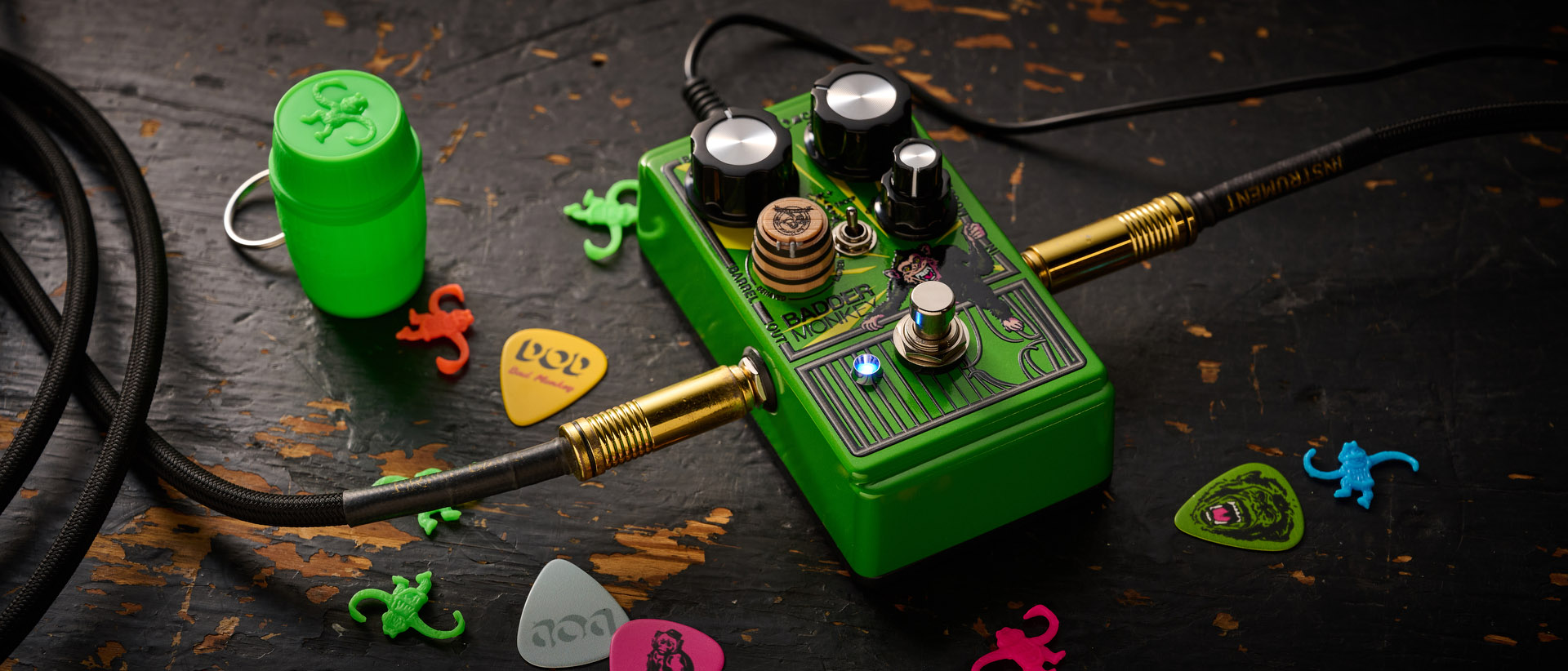Talkin' Blues: Lowdown And Dirty
Getting down in the low register.
Ask yourself a simple question: when you solo, how often do you play a note below the fourth string? If you’re like most guitarists, the answer is rarely, if ever. But while the treble strings are and always will always be prime soloing real estate, venturing occasionally into the lower register can put a fresh, ear-catching spin on your phrasing. Furthermore, adding another octave to your range is almost like getting a new instrument without spending a dime.
Blues guitarists who have used low-end phrasing to notable effect include Freddie King (“Sen-Say-Shun”) and Johnny “Guitar” Watson (“Three Hours Past Midnight”), as well as such capo-users as Gatemouth Brown (“Boogie Uproar”) and Albert Collins, who were forced by the clamp to move across, rather than down, the neck. All favored bright tone and employed a strong attack, factors that combine to make the low strings “pop.”
A useful way to begin building your low-end vocabulary is to simply transpose familiar licks down an octave. You can use your ear to hunt and peck, but the process becomes much more efficient when you mentally organize phrases based on their relationship to the scale rather than as specific fingerings. For example, analysis of FIGURE 1, a blues lick fingered in its usual position, reveals that it consists of the minor third, major third, fifth, sixth and octave (b3-3-5-6-8). To play the same lick anywhere else on the neck (or in any other key), you just need to locate the major scale pattern in the new location and replicate the sequence, which is the same regardless of the key or position.
The tricky part is that there is usually more than one way to finger the same phrase. FIGURES 2a-d show four options. Out of context, all choices are equal, but when you surround them with other phrases, one usually emerges as the best. At first, this process of analysis is quite time consuming, but when you develop the habit of learning phrases as portable sequences rather than position-specific shapes, it speeds up dramatically.
FIGURE 3 is a 12-bar solo played exclusively on the three lowest strings. To give the notes more presence, use a middle or bridge pickup combined with an aggressive attack, including bare-finger string pops. Furthermore, for additional phrasing options use open strings when available, as demonstrated in the final three bars of this example.
All the latest guitar news, interviews, lessons, reviews, deals and more, direct to your inbox!
